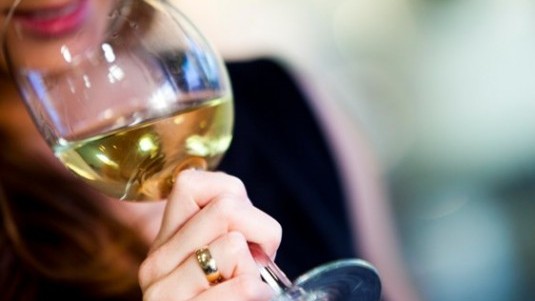The enemies of thiol

A few years ago, author Raffaele La Capria observed that we live in a world of weak ideas and strong convictions. This statement sums up the level of many (fortunately not all) discussions ongoing today on a vast number of subjects. In the wine world examples abound, from whether or not to use copper, the advantages of using native yeasts over single-strain or selected yeasts and so on. Many such arguments need to be approached with a minimum of scientific knowledge and not just one’s own ‘strong’ convictions. One of the latest examples is the debate over thiols.
What they are exactly only someone with a knowledge of organic chemistry and/or winemaking will fully understand. In general, thiols are substances that are part of the mercaptan family and are already found in the grape even before fermentation, as are terpenes to which they are related. These are positive mercaptans and not those that have a terrible, sulfurous odor, which also exist. The most common thiols are pentane and hexanol and in the winemaking process they are responsible for precise aromas.
In the first case they are those that are more vegetal and ‘wild’ (boxwood, tomato leaf, anise and grapefruit) and in the second more aromatic and fruity (passion fruit, mango and yellow peach).
Thiols are an integral part of many varietals, from Sauvignon Blanc to Vermentino, Pecorino to Timorasso and Grillo to Carricante, even if in different concentrations, and if they maintain their qualities after fermentation this can be considered positive. Maintaining these qualities is difficult and involves avoiding any oxidation, keeping the must and wine away from light. Wood must also never be used and the wine has to ferment off the skins. In fact, fermentation must take place through reduction, as repeatedly pointed out by University of Bordeaux Enology Professor Denis Douburdieu, a highly respected consultant who today is recognized the world over as a winemaking genius.
The view that certain physical rather than chemical approaches need to be used during winemaking, with grapes picked when they are ripe but not overripe or not completely healthy, has opened up a can of worms of polemics. There those who, and I am among them, believe that thiols need to be preserved because they enrich the aromatic wealth of a grape and, being exalted by a qualitative and select winemaking process, thus restore the grape’s ancient characteristics that have been lost over time due to high yields and production aimed at quantity. These latter practices between the 1930s and ‘60s literally devastated winemaking in Italy. Then there are those who oppose maintaining thiols because they believe they create a kind of standardization involving clearly distinct and recognizable aromas and a total lack of any oxidative agents in a wine. What they don’t seem to realize is that these oxidative agents pose a much greater and less pleasing risk of standardization. Between hexanol and acetaldeides or oxidative agents, I prefer the first and this is why I would be opposed to making wines more ‘neutral’.
Despite the facts being what they are, the common opinion, the ‘strong’ conviction, is today in favor of ‘neutral’ wines despite all the evidence from winemaking science, which I agree with. Those who hold this ‘strong’ conviction do not hesitate to criticize and even make fun of those of us in favor of thiols.
I would suggest everyone give this some deep thought and in the meantime I will be sipping a Sterpi 2013 from Walter Massa, which is chockfull of thiols.

 Italiano
Italiano








